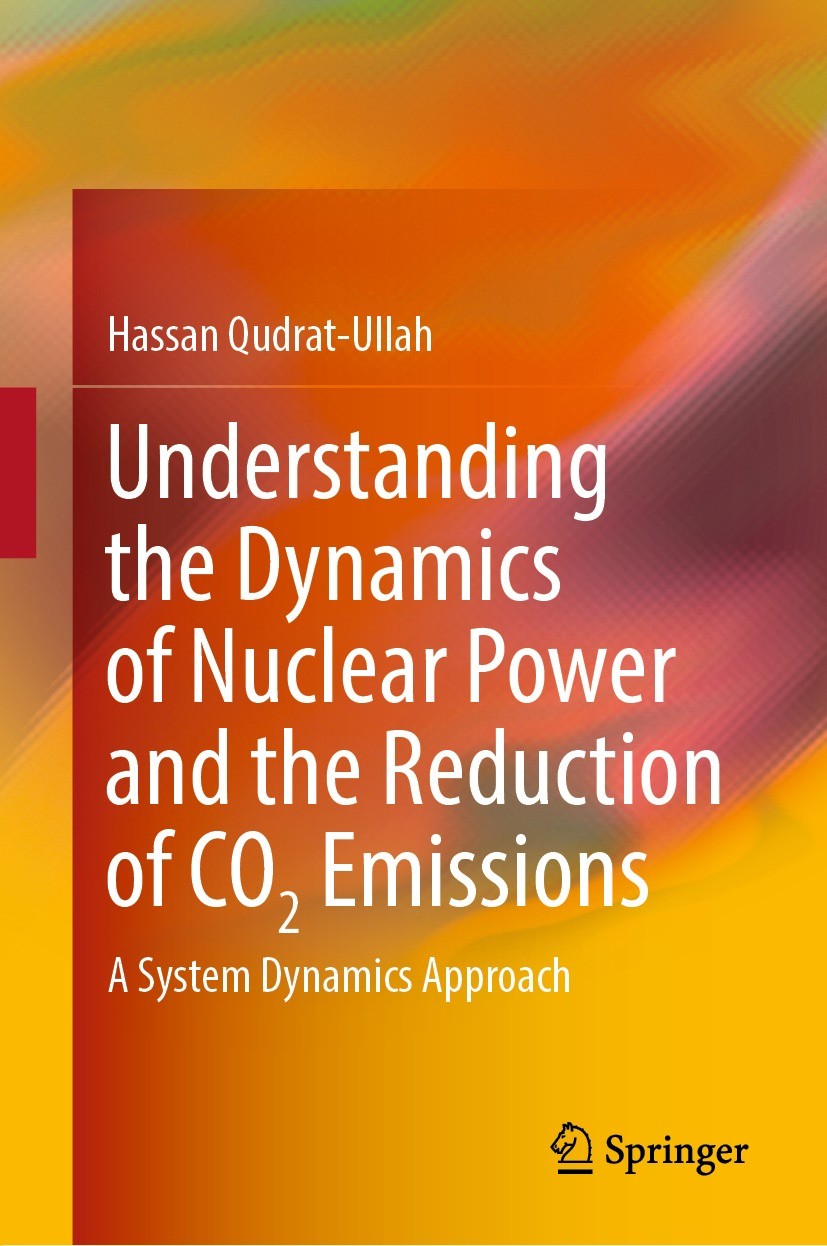| 书目名称 | Understanding the Dynamics of Nuclear Power and the Reduction of CO2 Emissions | | 副标题 | A System Dynamics Ap | | 编辑 | Hassan Qudrat-Ullah | | 视频video | http://file.papertrans.cn/942/941791/941791.mp4 | | 概述 | Provides an intensive overview of CO2 emissions reducing energy policies and mechanisms.Presents a unique dynamic model representing nuclear power-based energy supply mix as a “solution model”.Evaluat | | 图书封面 |  | | 描述 | .This books explains a strategy that a country can meet its CO2 emission reduction targets (e.g., as are in Paris Agreement) with a dominant share of nuclear power with a balanced energy supply mix. The book starts with an introduction to the subject of energy policy, mechanisms, and CO2 emissions, and the complexity of the CO2 reduction goal. It introduces the system dynamics approach as a solution modeling approach for dealing with the complexity of CO2 reducing policies and mechanisms. The book presents the dynamic model and its key parameters and then elaborates the structural and behavioral validity of the dynamic model...The book gives an intensive review to do that comparative analysis involving China, India, Saudi Arabia, UAE, and Pakistan. The last half of the book focuses on the case in Pakistan. The author reviews Pakistan’s Intended Nationally Determined Contribution and other key sources from Pakistan’s Ministry of Energy and related institutions. Using Pakistan’scase data, the author applies the system dynamics modeling approach whereby a dynamic model, capable of representing the important interactions among various sectors of the electricity supply sector of Pakista | | 出版日期 | Book 2022 | | 关键词 | energy policy; CO2 reduction goal; nature of CO2 emissions; CO2 reducing scenarios development; greenhou | | 版次 | 1 | | doi | https://doi.org/10.1007/978-3-031-04341-3 | | isbn_softcover | 978-3-031-04343-7 | | isbn_ebook | 978-3-031-04341-3 | | copyright | The Editor(s) (if applicable) and The Author(s), under exclusive license to Springer Nature Switzerl |
The information of publication is updating

|
|
 |Archiver|手机版|小黑屋|
派博传思国际
( 京公网安备110108008328)
GMT+8, 2025-12-18 09:03
|Archiver|手机版|小黑屋|
派博传思国际
( 京公网安备110108008328)
GMT+8, 2025-12-18 09:03


